- Home
- >
- Preservation Archaeology Blog
- >
- Red or green?

Red or green? It’s the state question of New Mexico—referring, of course, to the color of the chile sauce you want on your dinner. Synonymous with New Mexican cuisine, chile peppers are part of New Mexican identity. Even the road signs welcoming you to New Mexico are marked with a pair of red and green chiles. Chiles are to New Mexico what potatoes are to Idaho.
One of the reasons New Mexicans take chiles so seriously is because of their importance to the modern New Mexican economy. In 2009, the direct value of chile produced in New Mexico was more than 57 million dollars. That figure doesn’t take into account the tens of thousands of jobs and indirect impacts of chile production (including tourism), which push estimates of economic impact into the hundreds of millions of dollars. Chiles are also the subject of serious academic research: there is, for example, a Chile Pepper Institute at New Mexico State University in Las Cruces.
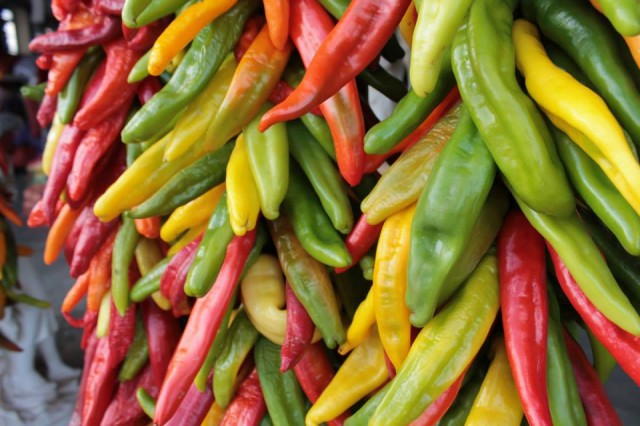
Over the Labor Day weekend, my wife Melissa and I took a short trip out to Hatch, New Mexico—the Chile Capital of the World—for the Hatch Chile Festival. This annual celebration of all things chile features a carnival, chile-eating contests (using the triple-hot chiles, of course), chile ristra-making classes, and tons of excellent food and salsas made with the famed southern New Mexico chiles. The festival draws around 30,000 people each year, which is incredible for a village of about 2,000 people. I can’t even begin to describe the mouthwatering scent of dozens of chile roasters operating across the fairgrounds.
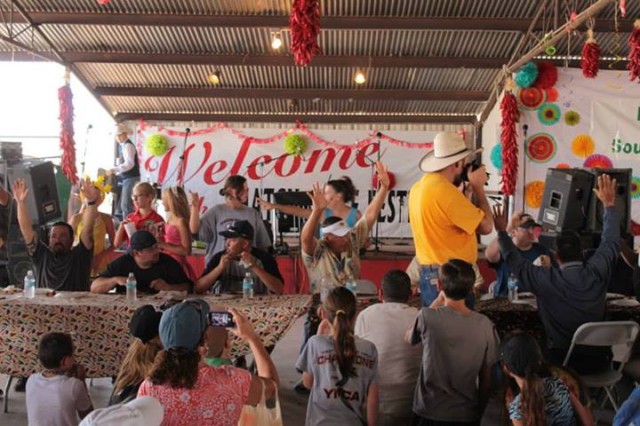
Because chiles are such a significant part of New Mexican and Southwestern culture and identity today, it may be surprising to learn that chile’s importance is a relatively recent development (note: to an archaeologist, “recent” may mean “within several hundred years”). Although cultivated chiles were one of the most important crops among precontact (before the arrival of Europeans) Mesoamerican societies in central Mexico south into Central American and parts of South America, there are few archaeological examples of chiles in the U.S. Southwest and the Mexican Northwest prior to the Spanish colonial period.
This seems particularly remarkable when we consider that other Mesoamerican crops, including corn, beans, squash, and cotton, became dietary staples and significant economic resources. In fact, there is only a single example of a cultivated chile (Capsicum annuum) seed recovered from a precontact archaeological assemblage in the American Southwest/Mexican Northwest. Archaeologists Paul Minnis and Michael Whalen recently reported on this find from their excavations of a village (Site 315) near the major settlement of Paquimé (or Casas Grandes) in Chihuahua, Mexico. The seed was found in an undisturbed context under a room floor associated with a radiocarbon date range of A.D. 1160–1305 (cal. 2 sigma).
The chiltepin, a wild relative of the cultivated chile, did grow in parts of Arizona, New Mexico, Texas, and Northern Mexico prior to the arrival of the Spaniards, and the region’s inhabitants presumably used the plant (though direct evidence of such use is scant for precontact times, early Spanish documents record indigenous collection and use of chiltepin). These small, round, orange-to-red peppers with a spicy kick appear to have been used as a spice rather than as a foodstuff.
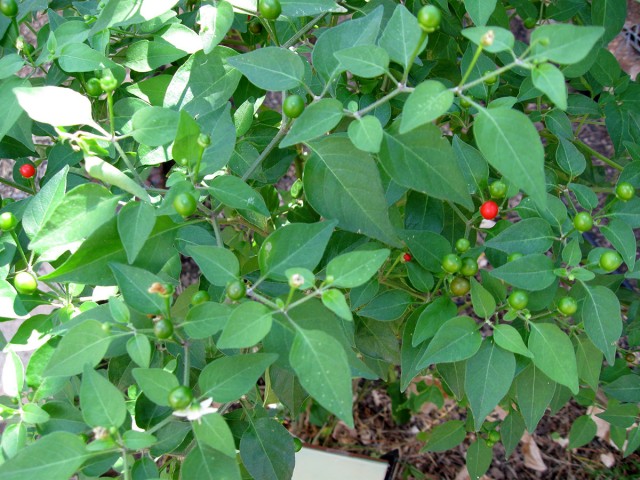
Cultivated chiles of the kind we celebrate in the Southwest today don’t seem to have been a major part of the diet north of the Mexican border until about the 1700s, and even then they were used primarily in areas with a substantial colonial presence. Minnis and Whalen argue that chiles may have been slow to gain popularity among indigenous Southwestern populations because they didn’t fit within long-standing culinary traditions that apparently favored bland foods. The spread of chiles seems to be a result of colonization, rather than just a yearning for spice in the diet. Colonization brought changes in the status of different kinds of foods, and colonial policies altered the foods produced and eaten by local populations.
In contrast, on the other side of the globe, chiles spread quite rapidly into Europe and Asia—where other kinds of spicy ingredients were common—after seeds brought back from Columbus’s second journey were cultivated in Spain, setting off what some have called a “minirevolution” in cuisine. The next time you dig into a tasty bowl of posole, pot of red or green chile stew, or green chile cheeseburger, consider the historical circumstances that led these foods to be so essential to New Mexican and Southwestern identity.
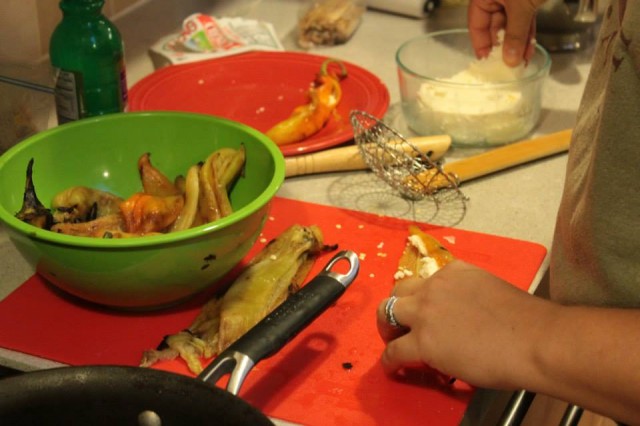
3 thoughts on “Red or green?”
Comments are closed.
Explore the News
-
Join Today
Keep up with the latest discoveries in southwestern archaeology. Join today, and receive Archaeology Southwest Magazine, among other member benefits.

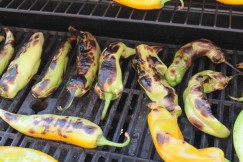
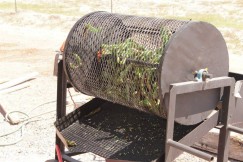
Fantastic article. It just seems so strange that corn, beans and squash would be adopted so early on by the pre-hispanic cultures in the Southwest and yet chile would have to wait until the arrival of Onate and presumably Tlaxcalan indian allies in the 16-17th centuries to appear on the culinary scene.
Beautiful pictures, Matt and Melissa. I have always wanted to do the Hatch festival – maybe next year. And a nice historical summary.
Cynthia
some years ago my wife and I took trip to New Mexico. One day we found ourselves in Las Cruces and decided to try the local food. We spotted a mexican restaurant so in we went. I don’t recall what we ordered but I do recall the result. WOweee! The meal was delicious but by the time we got to our car came the feeling of sweat on my brow and a burning on my tongue. Fortunately, we spotted a Dairy Queen across the street we hussled over there and devoured a large ice cream to put the fire out.